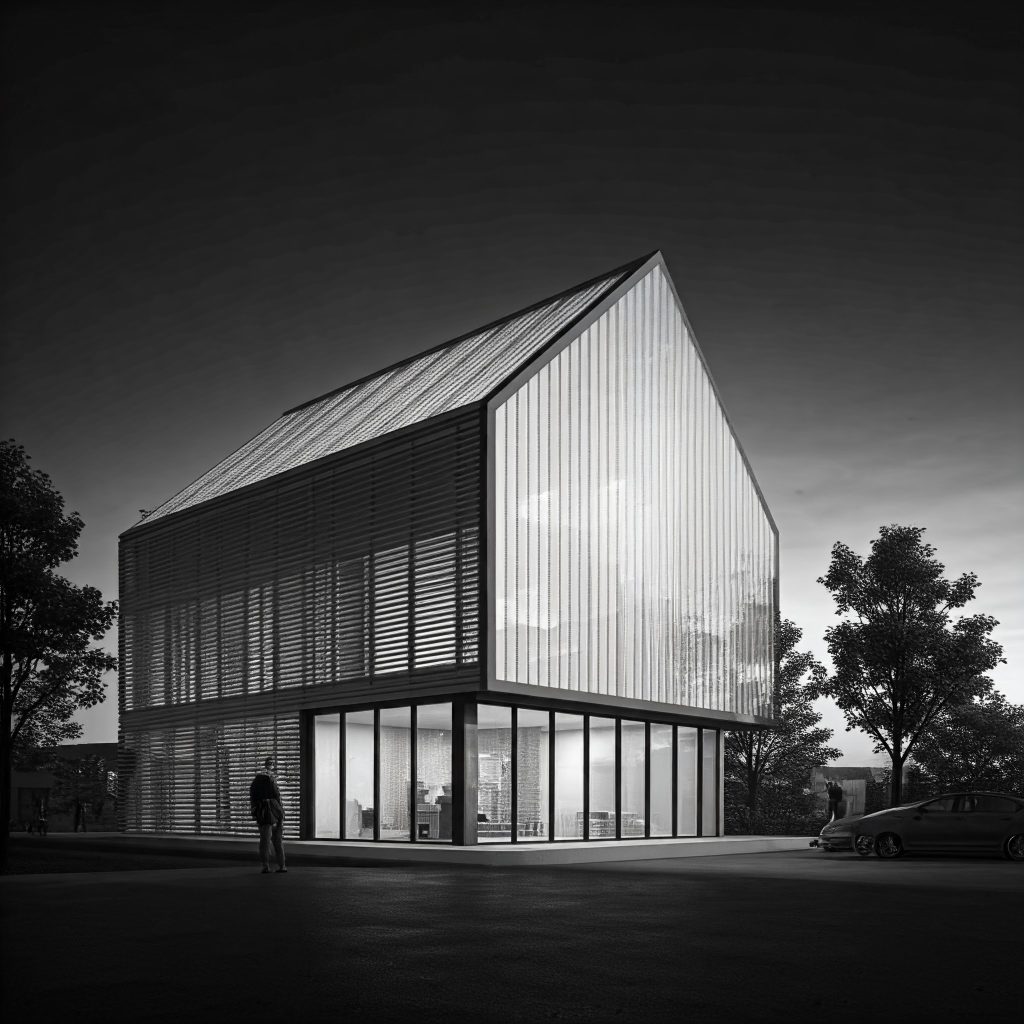Exploring Passive Housing: A Journey to Energy Efficiency in Darmstadt
The icy wind whipped across the streets of Darmstadt as Will Hunter approached the unassuming structure that was about to revolutionize his understanding of home. This small, unassuming house was no ordinary dwelling; it was the Kranichstein Passive House, a pioneering project that had laid the foundation for the passive house movement, a revolutionary approach to building design that prioritized energy efficiency and sustainable living.
.
Will, a budding architect fascinated by sustainable design, had traveled to Darmstadt specifically to experience this groundbreaking concept firsthand. He knew that the passive house philosophy went beyond mere aesthetics; it was a holistic approach to building that prioritized energy efficiency, comfort, and environmental responsibility.
.
As he stepped inside, he was greeted by Dr. Wolfgang Feist, the visionary architect-scientist who had pioneered the passive house standard in the early 1990s. “Welcome,” Dr. Feist said, his eyes twinkling. “This house is more than just a building; it’s a testament to the power of intelligent design.”
.
Leading Will into the sunlit living room, Dr. Feist began to explain the core principles of passive house design. “Passive housing isn’t about sacrificing comfort for efficiency,” he emphasized. “It’s about creating a building that works in harmony with its environment.”
.
He explained how the house was meticulously designed to maximize energy efficiency:
- Superinsulation: The house was enveloped in a thick layer of insulation, creating an incredibly well-insulated envelope that minimized heat loss in winter and heat gain in summer.
- Airtightness: Every joint and seam was meticulously sealed to prevent air infiltration, ensuring that conditioned air stayed inside and unwanted drafts were kept out.
- Thermal Bridge-Free Design: The house was constructed using thermally broken materials to eliminate “thermal bridges” – points where heat can easily escape the building envelope.
- Ventilation with Heat Recovery: A sophisticated ventilation system exchanged stale indoor air with fresh outdoor air while capturing the heat from the outgoing air, minimizing energy loss.
- Solar Orientation: The house was strategically oriented to maximize solar gain in winter while minimizing solar heat gain in summer, optimizing its energy performance throughout the year.
.
Will marveled at the attention to detail. Every aspect of the house, from the orientation of windows to the choice of building materials, had been carefully considered to maximize energy efficiency and create a comfortable and healthy living environment.
As they walked through the rest of the house, Dr. Feist emphasized that passive housing was not just a luxury for the wealthy. “We’ve built passive houses of all shapes and sizes,” he explained, “from single-family homes to apartment buildings, schools, and even hospitals. The upfront cost is slightly higher, but the long-term savings on energy bills make it a worthwhile investment.”
.
Later, as Will sat in the garden, reflecting on his experience, he realized that passive housing was more than just a building technology; it was a philosophy, a way of thinking about how we design and build our homes and communities. It was a reminder that we can create comfortable, healthy, and sustainable living spaces without compromising on comfort or style.
.
“This,” Will thought, “isn’t just sustainable design; it’s smart design, a design that considers the long-term consequences of our choices and strives to create a more sustainable and equitable future.”
Learning Points:
- Understanding Passive House Principles: Learn about the core principles of passive housing, including superinsulation, airtight construction, efficient ventilation, and solar gain.
- The Benefits of Passive Housing: Explore the environmental, economic, and health benefits of passive housing, such as reduced energy consumption, improved indoor air quality, and increased comfort.
- The Role of Technology in Passive Housing: Discover how innovative technologies, such as triple-pane windows, heat recovery ventilators, and renewable energy sources, contribute to the success of passive houses.
- The Future of Sustainable Building: Explore the potential of passive housing to revolutionize the construction industry and contribute to a more sustainable future.
- The Importance of Building Science: Understand the critical role of building science and engineering in achieving high-performance building standards, as exemplified by passive house design.
Keywords:
- Passive House
- Sustainable Architecture
- Energy Efficiency
- Green Building
- Sustainable Living
- Architecture
- Building Science
- Renewable Energy
- Climate Change
- Environmental Sustainability
- Green Building Design
- Germany
- Darmstadt
This fictional story is set within the dreams of Will Hunter, a character created to explore the intersection of imagination and design. Dive into his dreamscape and discover how storytelling can illuminate real-world lessons in architecture and creativity.
Some of the links on this website may be affiliate links. This means that if you click on the link and make a purchase, we may receive a small commission. We only recommend products and services that we genuinely believe will be beneficial to our readers.



